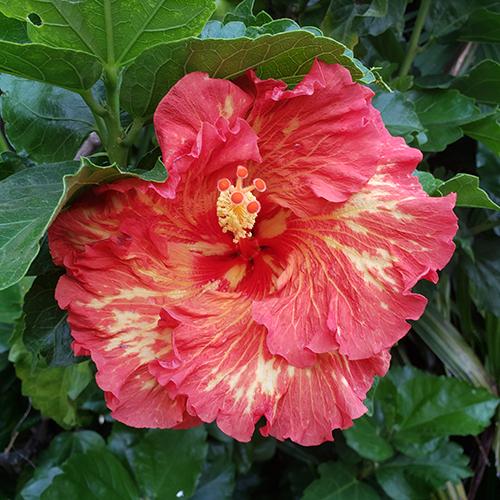
Benefits of Hibiscus
Hibiscus helped save our puppy We found a pedigree Golden retriever for sale for $50 in the local paper. At the time, they were selling
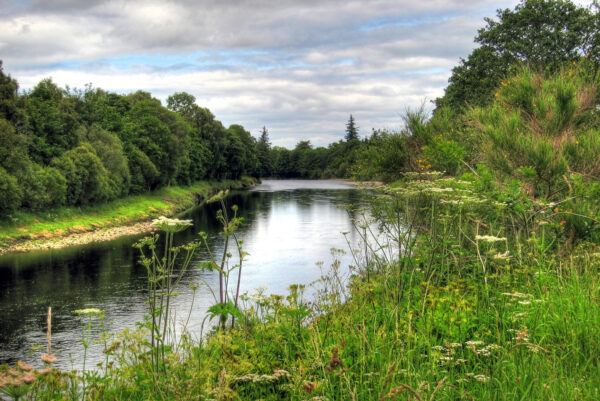
This chemical model breaks down, however, when working with more subtle healing energies in medicinal plants.
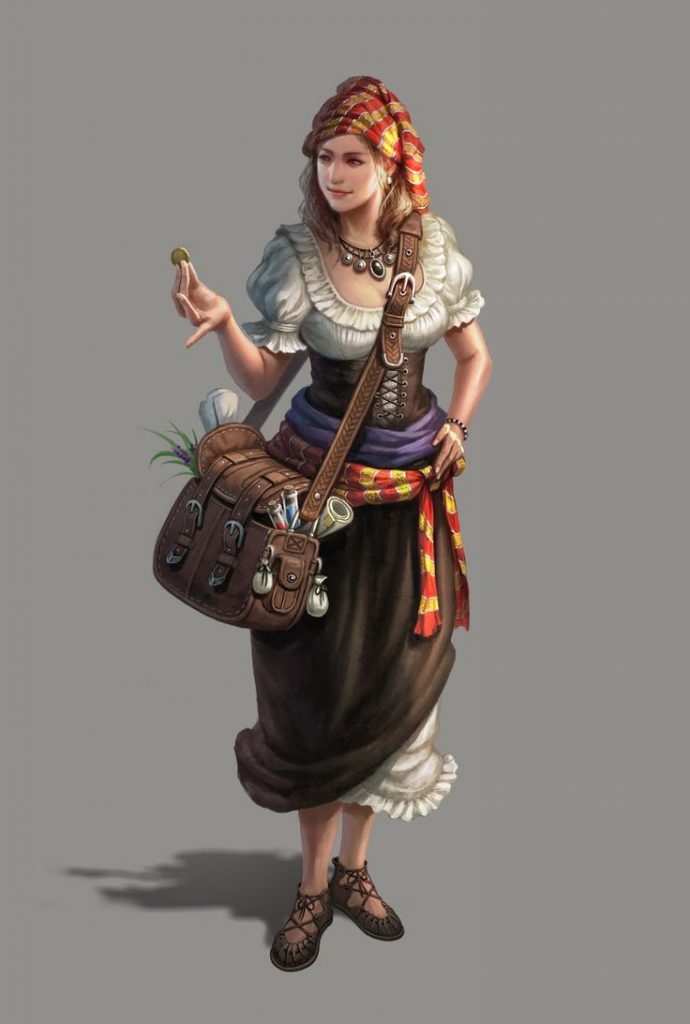
The olde herbalists were known as simplers. These pagans used nature spirits and plants holistically, that is, using the whole plant (body, mind and spirit) to treat the whole person.
In those times, most people actually knew the basics of herbal medicine and applied them for minor ailments. Something more stubborn or complicated was referred to the local plant healer or simpler who did, in some cases, arrive via horse.
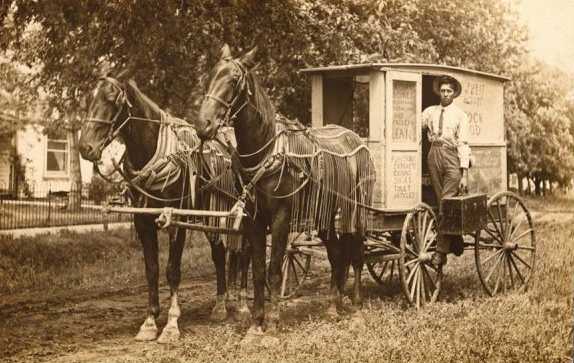
The use of local healing plants was intended to help “ground” the patient to the local healing energies of the Earth. By getting more in touch with the local Earth energy, a person would feel more connected and balanced, less dis-eased. It wasn’t even so much a matter of getting “the right remedy.”
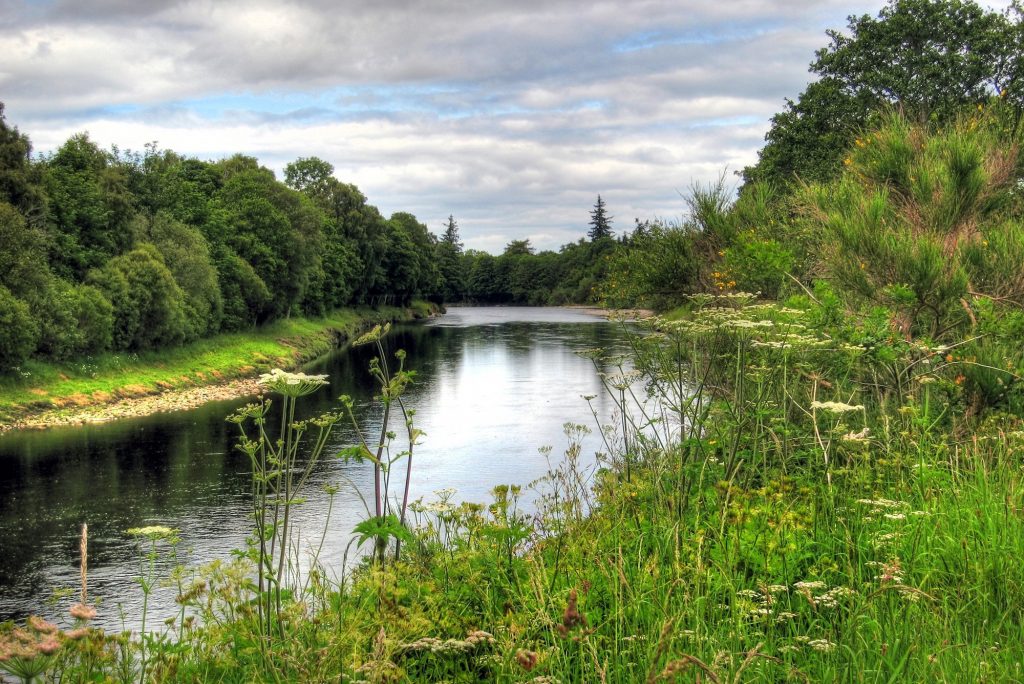
From these simple beginnings emerged a model of using local plants to heal, but using minute amounts of plant material, rather than large amounts. This model, known as vitalism, calls upon the subtle healing energies of the plant to assist in the healing process.
Like homeopathy and flower essence therapy, vitalism is making a resurgence in the holistic medicine of the new millennium.
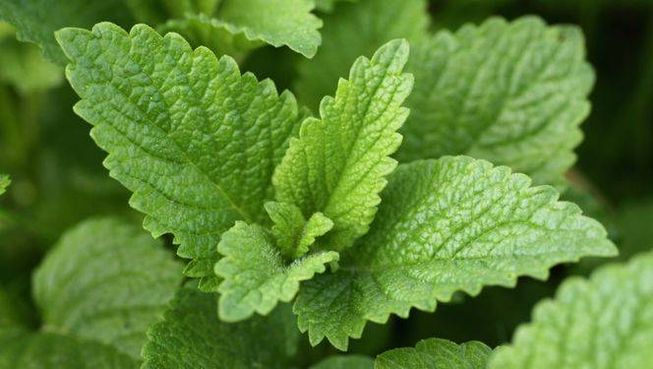
Ben had a high fever that wouldn’t break. Jane was scared, but she’d learned that tea made from lemon balm, also known as sweet melissa, a mint family plant with mild relaxing properties that are known to bring on a mild sweat, was considered safe for bringing down fevers in children of all ages.
She went out to our herb garden and picked some of the herb to make tea. She also prayed to the plant spirit of lemon balm to help break Ben’s fever. When she brought the tea to Ben, he was sleeping, so Jane simply sprinkled the tea on him.
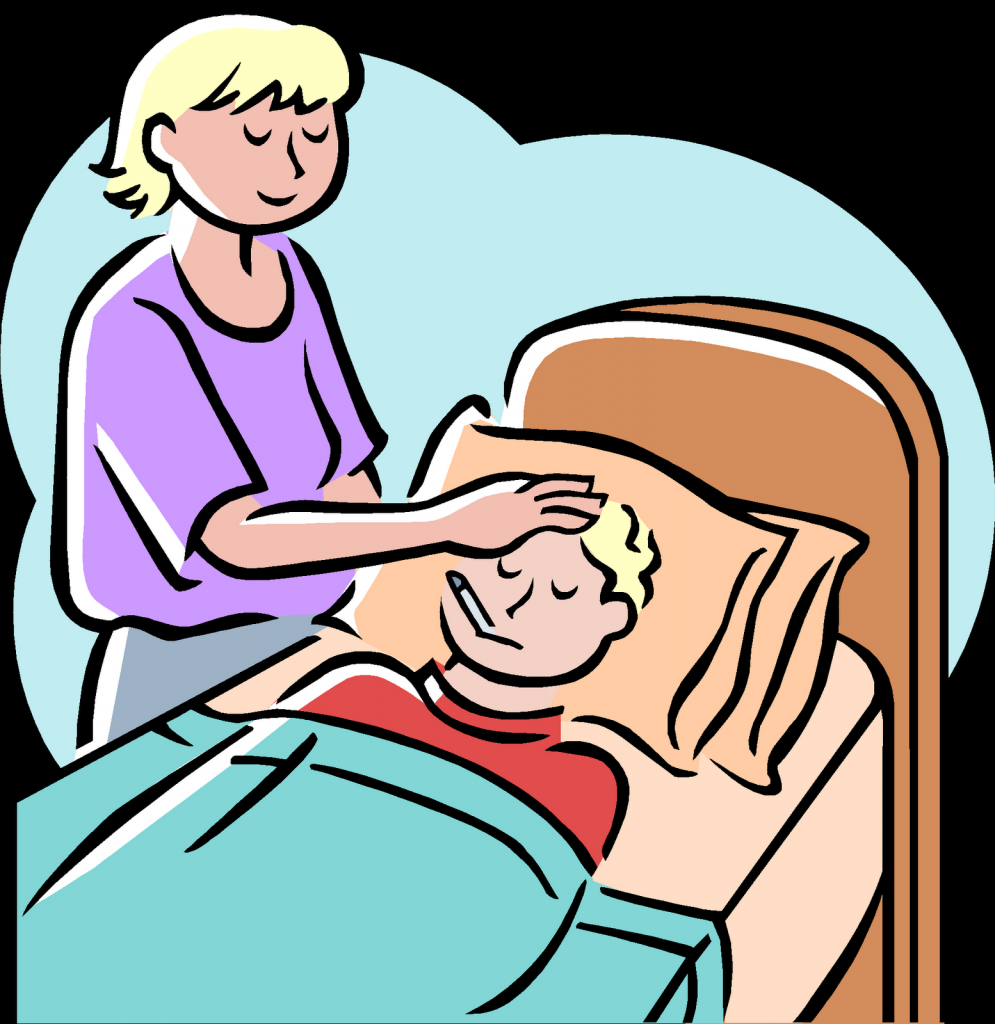
This “dose” and method of application wouldn’t normally be expected to do much if anything.
Twenty minutes later Ben’s fever broke, and he was feeling better.
That evening the plant spirit of lemon balm visited Jane in a dream. It was so huge it had to bend over to fit in the room.
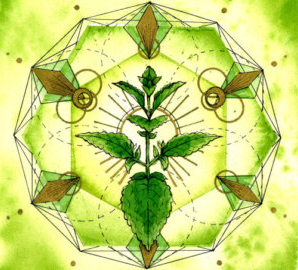
Jane was amazed that even the mildest of healing plants could have such a powerful spirit and profound capacity to heal, even in minute amounts applied externally.
Teaching comprehensive holistic education since 1985.
We are currently offering interactive hybrid courses including Herbal Fundamentals, Energy Healing, Aromatherapy and Clinical Herbology
Hybrid means you may choose to participate in each individual class in the hybrid course online or in person.
All of our products are made with love from organic, all-natural and ethically sourced ingredients.
We began making and perfecting our own herbal remedies more than thirty years ago and offer our favorite products for purchase.

Hibiscus helped save our puppy We found a pedigree Golden retriever for sale for $50 in the local paper. At the time, they were selling
Hawthorn Berry Hawthorn is known as the heart herb for its many benefits as a heart tonic. The berry has been a key part of
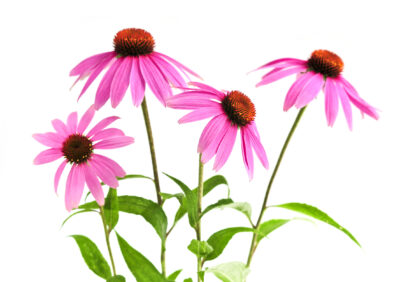
Can you take herbal supplements to arm your immune system? You probably know that zinc, vitamin D and vitamin C are gotta-have-its. How about herbal
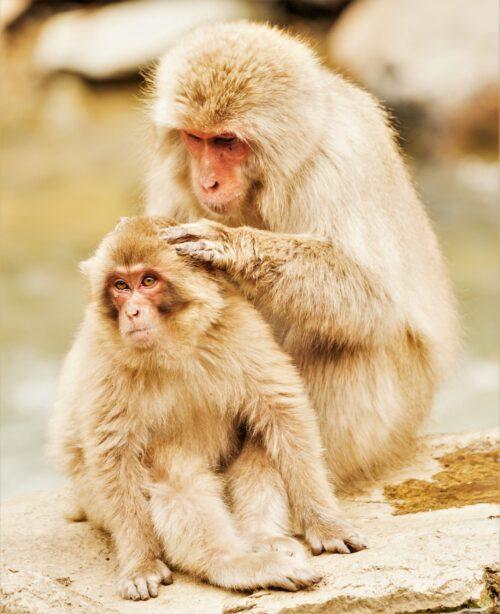
While attending San Diego State College in the early seventies, my work-study job was in the vivarium, a room for keeping and raising animals for
One Response
This is great.
I never saw this type of info before
However, when I was a young child, I could talk with the plants in the arroyo of what WAS the LA river.
The spirit of the plant appearing as if a dream has a special resonance for me.
Thank you.
I am a client of your son. Matt.